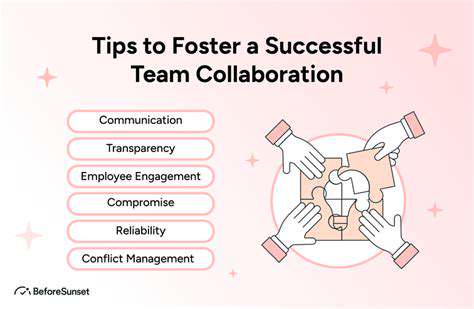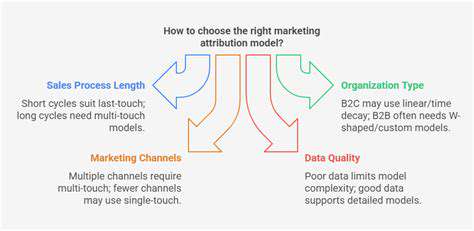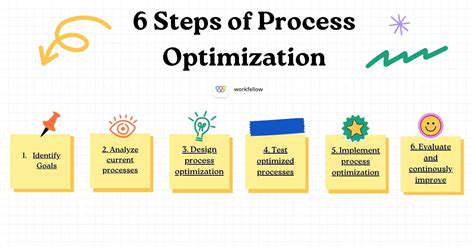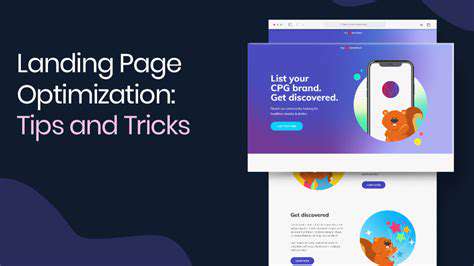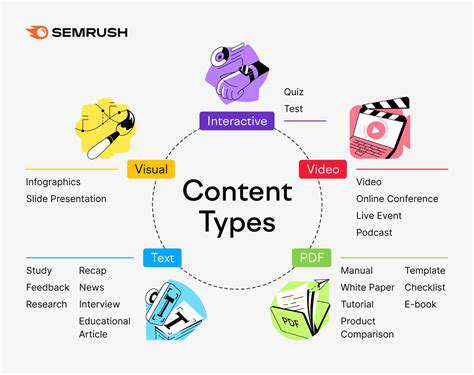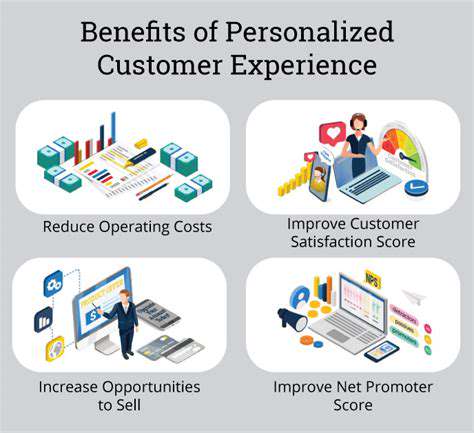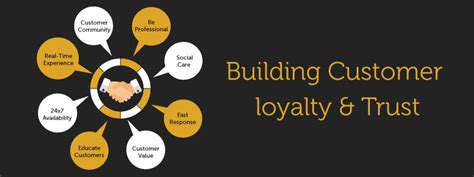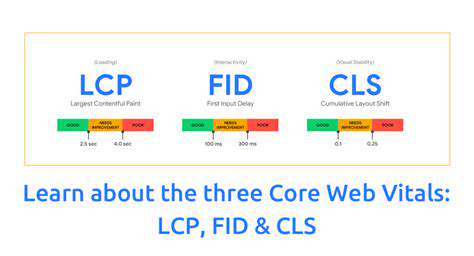User Testing for Landing Page Optimization
Identifying Pain Points Through User Testing Methods

Understanding User Needs
Pinpointing user frustrations through hands-on research forms the backbone of effective solution development. Rather than relying on assumptions, teams must immerse themselves in the user's world to uncover genuine pain points that traditional market research might miss. This deep-dive approach separates successful products from those that merely check boxes without solving real problems. The process requires active listening and reading between the lines of user feedback to identify unarticulated needs.
Effective researchers don't just collect complaints - they investigate the root causes behind them. What specific situations trigger frustration? How do users currently work around these issues? Understanding these underlying factors transforms superficial feedback into actionable insights that drive meaningful product improvements.
Analyzing User Behavior
Observing actual product usage reveals more than surveys ever could. When users struggle with certain features, their behavior - hesitation, repeated attempts, or abandonment - tells a clearer story than their words. Heatmaps and session recordings often expose unexpected friction points that users themselves might not consciously recognize. For instance, a beautifully designed interface might conceal navigation hurdles that only become apparent through behavioral analysis.
Usage patterns also speak volumes. Features that see little engagement might indicate poor discoverability or unclear value propositions. Conversely, heavily used functions might need reinforcement or expansion. This behavioral evidence provides an objective foundation for prioritizing improvements that will genuinely enhance the user experience.
Qualitative Feedback Collection
Open-ended conversations uncover the human stories behind the data. In-depth interviews and moderated testing sessions allow users to describe their experiences in their own words, revealing emotional responses and contextual factors that quantitative data can't capture. These narratives help teams understand not just what problems exist, but why they matter to users.
The most valuable insights often come from probing beyond initial responses. When a user says this is confusing, the real opportunity lies in understanding what specifically creates that confusion. Is it terminology? Workflow? Visual hierarchy? Skilled moderators dig deeper to uncover these specific pain points that might otherwise remain hidden.
Quantitative Data Analysis
Metrics provide the compass for navigating user experience improvements. Conversion funnels, error rates, and completion times offer measurable evidence of where users encounter difficulties. This numerical evidence complements qualitative findings, creating a complete picture of user challenges. For example, high drop-off rates at a particular step combined with session recordings showing hesitation at that point clearly identify problem areas.
Quantitative analysis also enables teams to measure improvement impact with precision. Before-and-after comparisons of key metrics demonstrate whether changes actually solved the identified problems. This data-driven validation is crucial for continuous improvement and stakeholder buy-in.
Usability Testing
Watching real users interact with products in realistic scenarios uncovers issues that even the most thorough design reviews might miss. These sessions often reveal surprising mismatches between how designers intended features to be used and how users actually approach them. The immediacy of observing struggles as they happen makes usability testing uniquely valuable.
Iterative testing - making small improvements between sessions - compounds these benefits. Early identification of navigation problems or unclear instructions allows for course correction before development progresses too far. This fail fast approach ultimately saves time and resources while delivering a more polished final product.
Optimizing Crucial Elements for Enhanced Conversion Rates
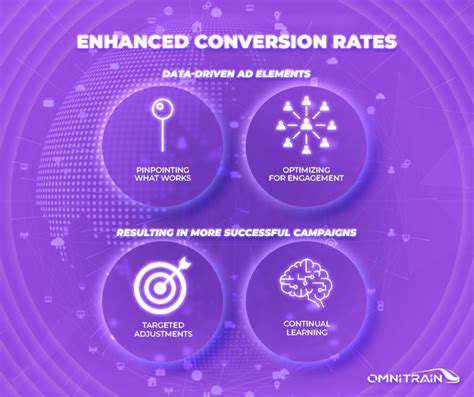
Optimizing User Experience
Exceptional digital experiences feel effortless to users. Every element - from page load times to form field placement - contributes to this perception. Intuitive navigation reduces cognitive load, allowing visitors to focus on their goals rather than figuring out how to achieve them. Attention to these details separates high-converting sites from frustrating ones that drive potential customers away.
Improving Search Engine Visibility
Effective SEO requires understanding both search algorithms and human searchers. Keyword optimization must balance technical precision with natural language that resonates with real users. Content that answers searchers' questions completely and clearly earns both rankings and engagement. This dual focus creates sustainable visibility that withstands algorithm updates.
Enhancing Content Strategy
Valuable content establishes authority while addressing specific audience needs. Rather than chasing trends, successful strategies identify evergreen topics that align with business expertise and customer pain points. Regularly updated, in-depth resources outperform superficial posts in both search performance and lead generation. This quality-over-quantity approach builds lasting audience relationships.
Increasing Conversions
Conversion optimization is a science of incremental improvements. Small changes to button placement, form length, or value proposition clarity can compound into significant revenue gains. Rigorous A/B testing removes guesswork, revealing which variations truly resonate with target audiences. This disciplined approach maximizes return on every visitor.
Leveraging Data Analysis
Analytics transform intuition into insight. Patterns in traffic sources, device usage, and navigation paths reveal opportunities invisible to casual observation. Regular data review surfaces unexpected trends that can inform strategic pivots. These evidence-based decisions consistently outperform those based on assumptions or industry generalizations.
Prioritizing Mobile Optimization
Mobile users demand experiences tailored to their context - smaller screens, slower connections, and immediate needs. Sites that load instantly and function flawlessly on mobile devices capture this growing audience segment. Responsive design is just the starting point; true mobile optimization considers thumb-friendly navigation and context-aware content presentation.
Measuring the Impact of Changes and Demonstrating ROI
Understanding the Need for Impact Measurement
Quantifiable results justify marketing investments and guide future decisions. Establishing clear benchmarks before implementing changes creates the foundation for meaningful performance evaluation. This disciplined approach prevents subjective assessments and ensures resources target the most impactful improvements.
Defining Key Performance Indicators (KPIs)
Choosing metrics that directly tie to business objectives focuses measurement efforts. While vanity metrics might look impressive, true KPIs reflect progress toward specific goals like lead quality or customer acquisition cost. This alignment ensures optimization efforts drive meaningful business outcomes rather than superficial wins.
Utilizing A/B Testing for Comparative Analysis
Controlled experiments provide the clearest evidence of what works. Testing one variable at a time while holding all else constant isolates the impact of specific changes. This scientific approach eliminates confounding factors that might otherwise obscure true cause-and-effect relationships.
Tracking and Analyzing Data from User Testing
Combining quantitative metrics with qualitative feedback creates a complete performance picture. Numbers reveal what's happening while user comments explain why. This dual perspective identifies not just problems but their underlying causes - the essential knowledge for effective solutions.
Demonstrating ROI Through Impact Analysis
Calculating return on investment requires comparing implementation costs against measurable gains. This financial perspective ensures marketing activities contribute directly to business growth. Clear ROI calculations build credibility with executives and secure budgets for future optimization initiatives.
Reporting and Communicating Findings Effectively
Tailoring reports to audience needs ensures insights drive action. Technical teams need detailed methodology while executives require concise summaries of business impact. Effective visualization transforms complex data into immediately understandable insights that spur decision-making.
Read more about User Testing for Landing Page Optimization
Hot Recommendations
- Senior Travel Discounts and Deals
- Personalized Travel for Different Seasons and Climates
- Honeymoon Destinations: Romantic Getaways for Newlyweds
- Mythical Places: Journeys to Legendary Locales
- The Future of Travel Agents in an Automated World
- Sustainable Design for Tourist Infrastructure
- Combatting Illegal Wildlife Trade Through Travel Awareness
- The Best Beaches for Relaxation and Sunbathing
- Marine Conservation: Diving into Responsible Ocean Travel
- Measuring the Social Impact of Tourism
